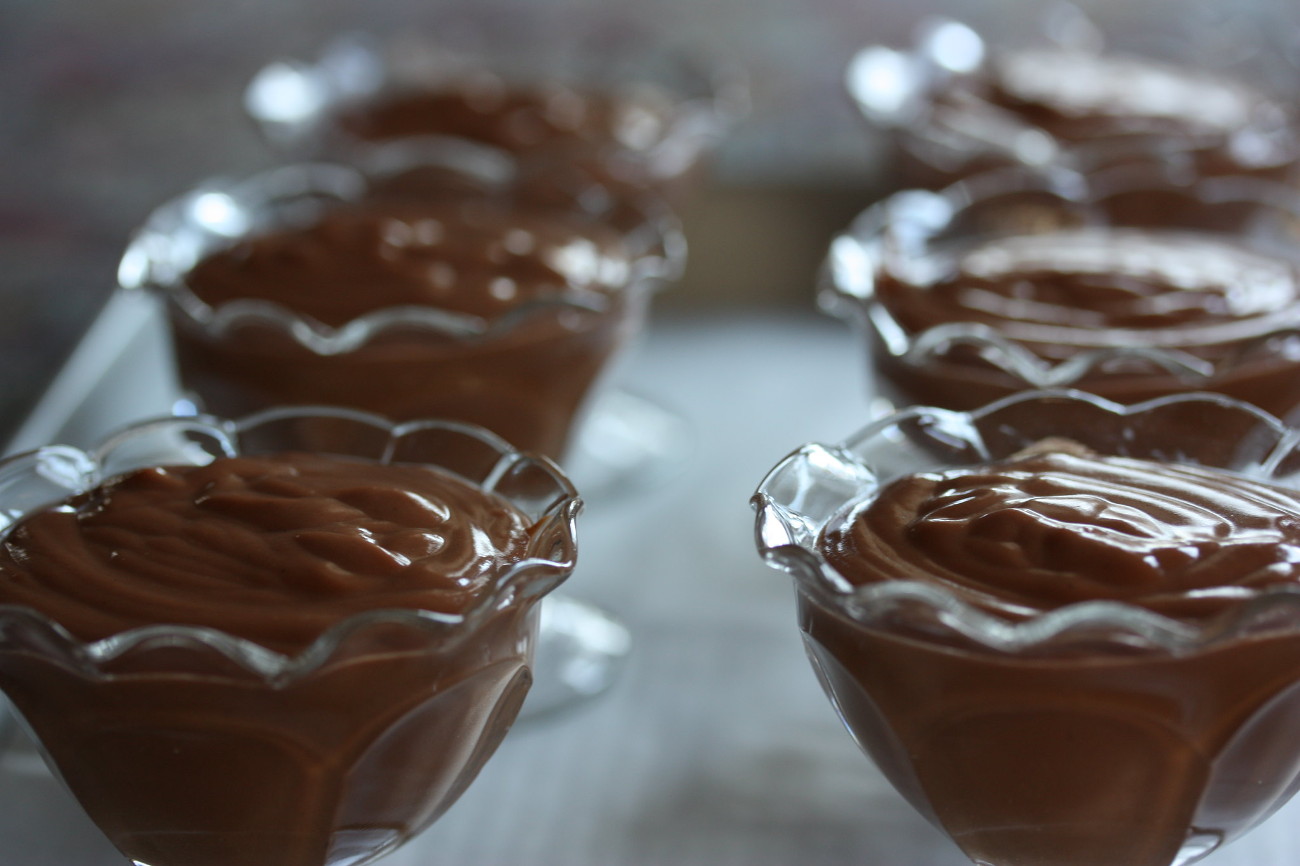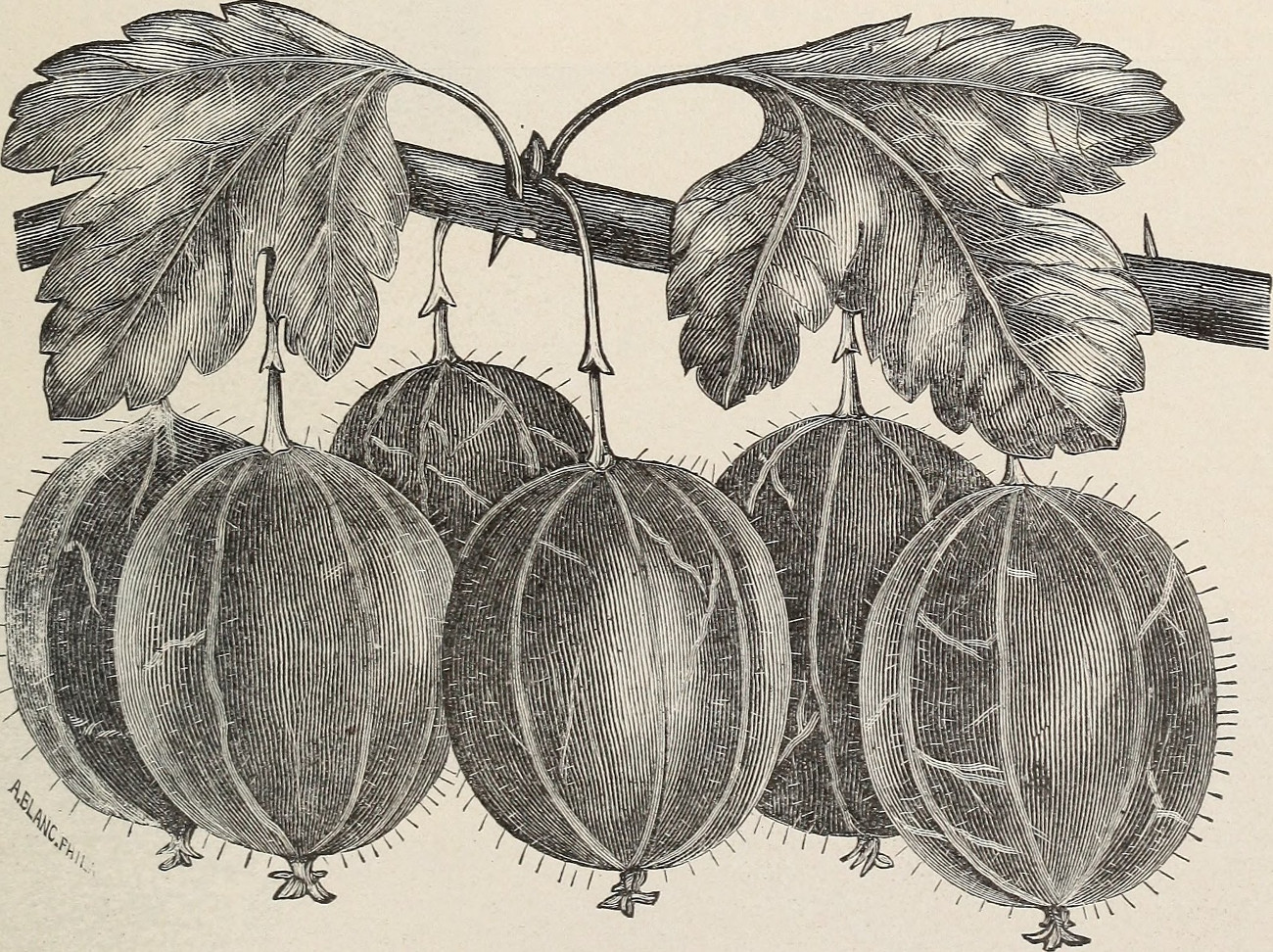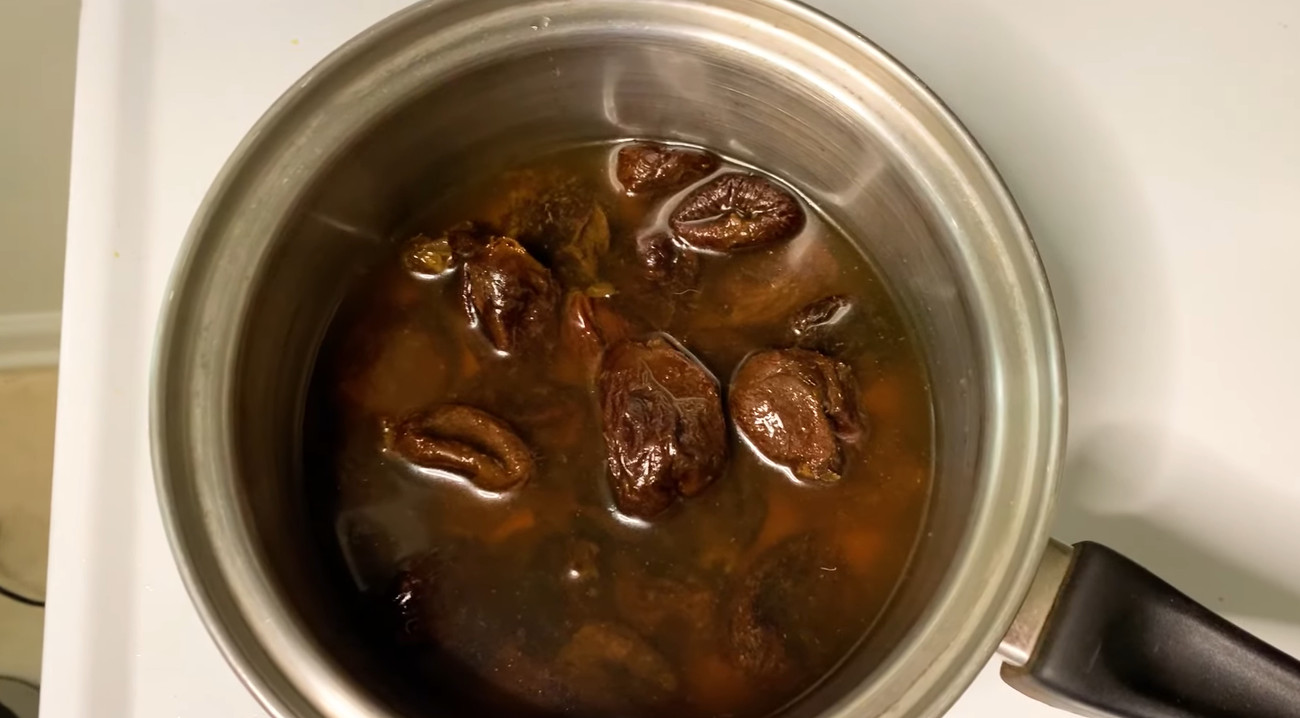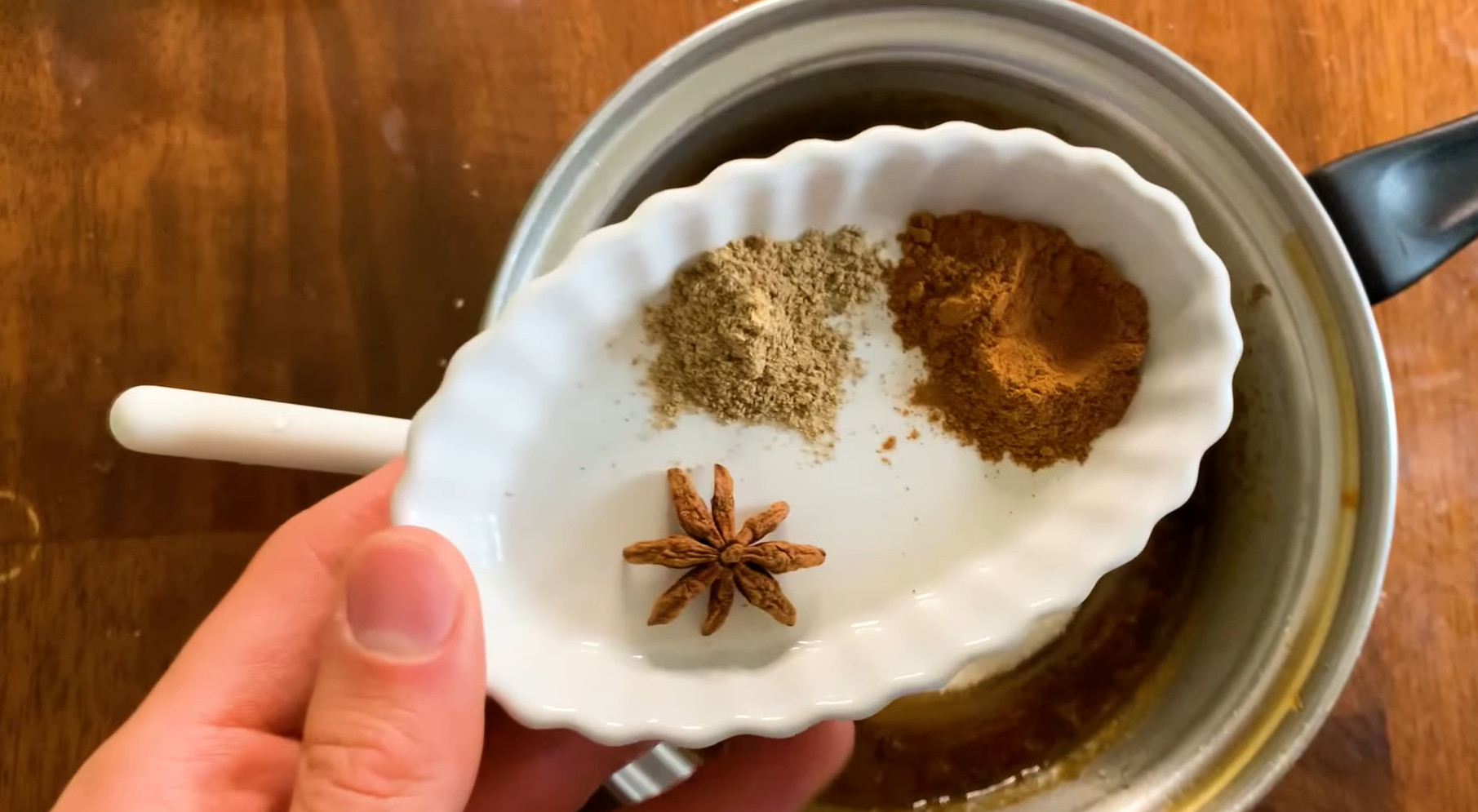Prunes are not the most, um well, luxurious of items out there, I’m sure you pass by prunes in the grocery store without even glancing at them. However, you should give prunes a second chance, because these fruits don’t only hold a historical place during hard times, but prunes can actually be really delicious. See how the first lady of the Great Depression turned a forgotten fruit into a front and center star of a meal.

I think we’re all familiar with the saying actions speak louder than words and I think there’s a reason why actions garner respect. This isn’t just a new trend of virtue signaling, in fact, we saw prominent figures during the 1930s eat frugally just as most Americans did during the Great Depression. To promote the support of frugal and thrifty eating, Eleanor Roosevelt served prune pudding at formal White House functions. Along with other scraping-by dishes, the White House of the 1930s became infamous among dignitaries for having horrible food. Yet I think the dignitaries and foreign officials are being a bit harsh because the image of elaborate meals would have caused an uproar among the American populace, who were malnourished and struggling to have just one meal a day.

Even though the depression-era prune pudding didn’t get the thumbs up from dignitaries, it did get the approval of nutrition experts and the American government who were advertising prunes in a variety of thrifty and healthy recipes. Why were prunes readily promoted as being the thrifty fruit of these hard times? Surely there were subsidies to be had with this endorsement, but the fact is that unlike other fruit trees like cherries and apricots, which needed good soil and weather conditions, growing prune trees was more forgiving, and prune trees could flourish in poorer soil, and with less water. This meant prune production was cheaper than other fruits during the 1930s and dollar-for-dollar prunes were the most budget-friendly, nutrient-dense fruit option around at the time.

Does the most famous of prune dishes, prune pudding, stand the culinary test of time? According to those who’ve cooked up a pot of prune pudding the answer is a resounding yes.
The reason for the prune pudding’s success is due to the recipe’s flexibility. Having a little less sugar (which was hard to come by) didn’t alter the end results. Changing up the spices didn’t detract from the pudding but simply made it more seasonal, using cinnamon or nutmeg was perfect for autumn and winter, and using the zest of lemons gave it a fresh note during the warm months of spring and summer. Prune pudding’s thick viscosity was similar to the heftiness of oatmeal or bread, meaning it filled you up without wasting a lot of other pantry resources.

Since the Great Depression, we have not seen prune pudding reemerge in popularity nor endorsed on a national level, but it’s about time that the dish is reconsidered and made again. We’ve covered a lot of depression-era dishes in the past, but prune pudding is the least off-putting of the lot for certain. Not only is it fridge or freezer-friendly, but when sealed right, prune pudding is perfect for canning and preserving. We’re not pinching pennies as drastically as those in the Great Depression, so we can make prune pudding more upscale with garnishes of whipped cream or toasted chopped walnuts for texture.
To make prune pudding yourself, follow the steps in this recipe article or for a more luxurious version of prune pudding use the recipe from the video below.













